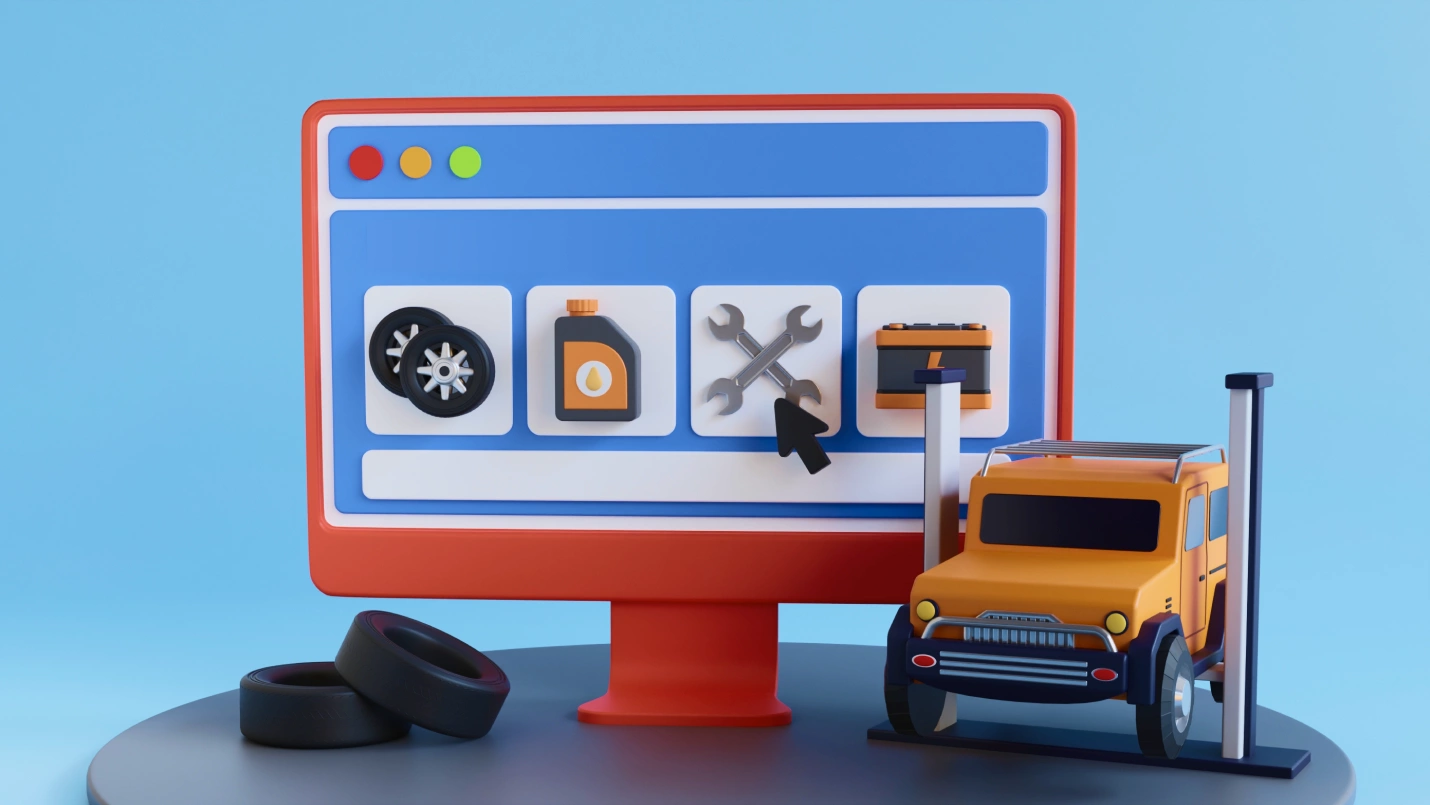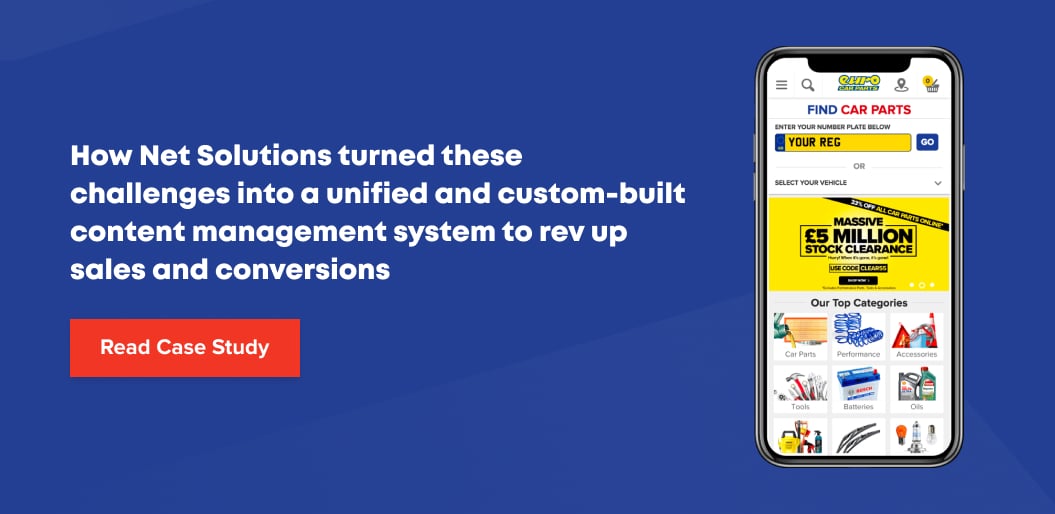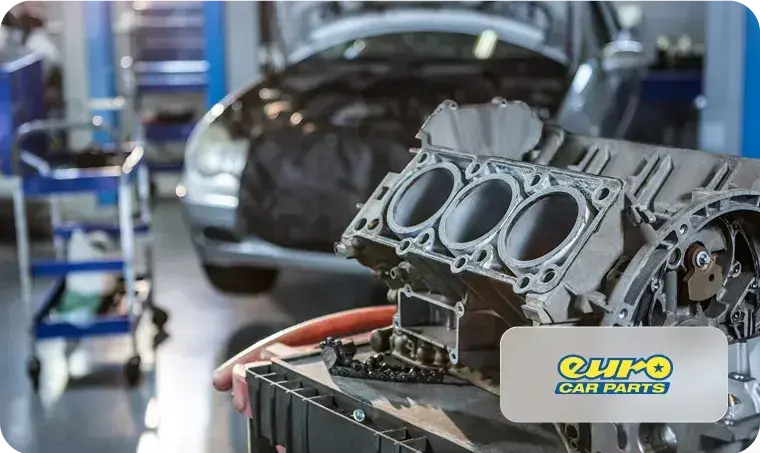Consumers are increasingly leaning towards digital transactions for most of their purchases. According to a study, even if customers wish to buy offline, 81% consider conducting online research first. In the context of automotive eCommerce, even if buying cars online might take more time to go full swing, buying auto parts online is gradually gaining traction.
In the US auto parts market, eCommerce is projected at $18 billion in 2021. — Hedges & Company
The COVID-19 pandemic has forced many businesses to shift online, including the automotive sector. Digital commerce opens new doors to increase customer base and corresponding profitability.
This “People Also Ask” section makes it quite evident that people are eager to buy auto parts online, and there is massive scope for eCommerce in the automotive industry.
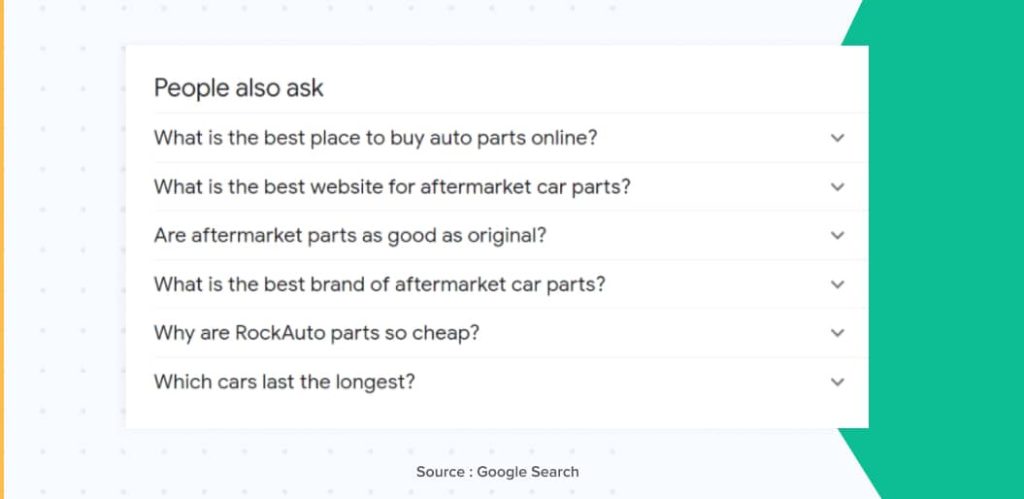
If you are looking forward to starting your automotive eCommerce business, you have two options at hand:
- Look for a third-party eCommerce website and register as a seller
- Develop your own digital commerce platform and promote it
We will analyze both options one by one to help you make an informed decision. So, let’s get started.
Third-Party Seller vs Establishing Your eCommerce Platform
Most businesses have been selling through eCommerce giants such as Amazon to avoid the inflated costs of building a distinctive automotive eCommerce store. However, it is not profitable in the long run as you have to pay an ongoing registration fee to the seller’s website.
It is similar to you renting an apartment where you pay the rent on an ongoing basis — which might not be sustainable in the long run.
On the other hand, having your independent, self-owned digital commerce platform is a better choice any given day. It is profitable in the long run and gives you a sense of ownership.
It is similar to buying an apartment where you pay a one-time cost for building and design and some ongoing maintenance, but you have your own space, which you can call home.
Here’s a practical automotive eCommerce example – We helped Euro Car Parts, UK’s largest car parts supplier, build a custom eCommerce solution and a dedicated content management system to manage their product data.
The solution helped them optimize the website speed and helped organize their data in a single, manageable repository. You can go through the case study to understand how we went through the process below:
If you feel convinced to build your own automotive eCommerce website, the first decision that falls onto your plate is to choose a suitable automotive eCommerce solution.
What is an eCommerce Platform?
An eCommerce platform is the foundation of any eCommerce website. It can be referred to as a software solution that helps eCommerce setups build, customize, and manage their business operations.
Some of the best eCommerce platforms include — WooCommerce, BigCommerce, Magento, Shopify, PrestaShop, Volusion, Wix, etc.
Here’s a comparison chart to help you choose a suitable auto parts eCommerce solution:
| eCommerce Solution | Must-Know Facts |
|---|---|
| Shopify — public SaaS eCommerce platform |
Starting from — $29/month Suitable for small businesses with a stock-keeping unit (SKU) of less than 100 |
| Magento — open-source eCommerce platform |
Starting from — $14/month Can be hosted on-premise or you can hire a hosting provider Suitable for businesses supporting an IT team with good development skills |
| BigCommerce — open SaaS platform and growing headless commerce platform |
Starting from — $29.95/month Suitable for small-scale businesses |
| WooCommerce — open-source eCommerce platform |
Starting from — Free Suitable for bloggers, hobbyists who are comfortable using WordPress |
| PrestaShop — freemium open-source, cloud-hosted eCommerce platform |
Starting from — Free Supports 60 different languages Suitable for businesses outside English-speaking regions |
How to Improve Customer Experience for your eCommerce Platform?
When building an automotive eCommerce website, several eCommerce customer journey touchpoints need to fall in place, which includes:
1. Delightful Overall User Experience
Make efforts to offer an interactive, neat, and usable automotive eCommerce platform. The overall user experience design should look welcoming and attractive to help visitors engage better.
The right approach will be to track the latest UX design trends and implement those that look promising.
That done right, make sure the user can easily browse through the categories, view the product details, and add them to the shopping cart.
Any roadblocks that can lead to shopping cart abandonments need to be eliminated.
Whether it is the ability to alter the cart, add the address, or enable a secure payment gateway, you should consider every step of the customer journey.
2. Product Filters
When an individual visits an auto parts eCommerce website, they are likely to have already decided what to look for or buy. You need to understand their needs without them having to scout much.
This is possible by infusing the right filters on your product pages.
Make sure the year, make, model details and warranty-related filters are in place. You could also try something like what Euro Car Parts has been doing.
Their automotive eCommerce platform supports an embedded filter, wherein a visitor can find authentic auto parts by just entering their vehicle registration number.
This is what the interface looks like:
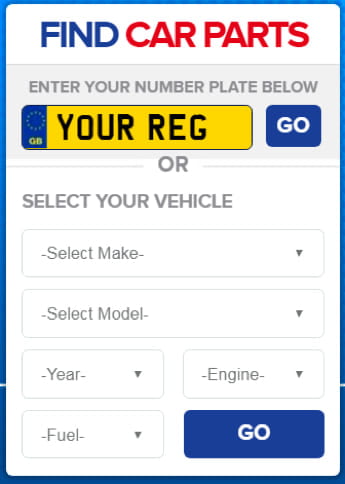
Euro Car Parts lets you find auto parts by just entering the registration number of your vehicle.
Also, focus on making the discovery journey a 3-4 click task before the results get displayed on the page. You could also try implementing a recommendation engine that can present existing customers with auto parts related to their past purchases.
3. An Easygoing On-Site Search
Do not miss out on embedding an on-site search bar if you wish to create a delightful navigation and search experience. The better the search experience, the more are the chances of customer retention.
The simplest of strategies that brands have been embracing nowadays are – chatbots. You can easily leverage this technology to make for an overall engaging experience.
Whenever a user lands on your automotive eCommerce website, the chatbot pop-up should act as a virtual assistant that guides them through. You can also build a Facebook Messenger bot for your business, owing to its overwhelming popularity.
Facebook Messenger Stats:

4. Videos
Online businesses are leveraging video content to drive overall user engagement. Short videos that cover the features and can demonstrate some useful DIY tips are ever welcome.
Especially with an automotive eCommerce business, it would be good to offer DIY installation video demos to help consumers independently install them.
Where both video and text are available on the same page, 72% of people would rather use video to learn about a product or service. – Wyzowl
You can also use these videos for email marketing as well as social advertising. Additionally, you can also use YouTube/Vimeo plugins on your website — these will not have a significant impact on website speed, which is a critical factor to consider.
5. Diving into the Mobile-First Wave
Online sales of auto parts & accessories purchased from mobile will be over $10 billion by 2021. – Hedges & Company
Having a responsive automotive eCommerce solution for desktop and mobile devices will get you a competitive edge in the market. Since Google has introduced mobile-first indexing, the need to optimize the mobile eCommerce experience has become even more important.
Mobile share of eCommerce transactions for an optimized and a non-optimized site:
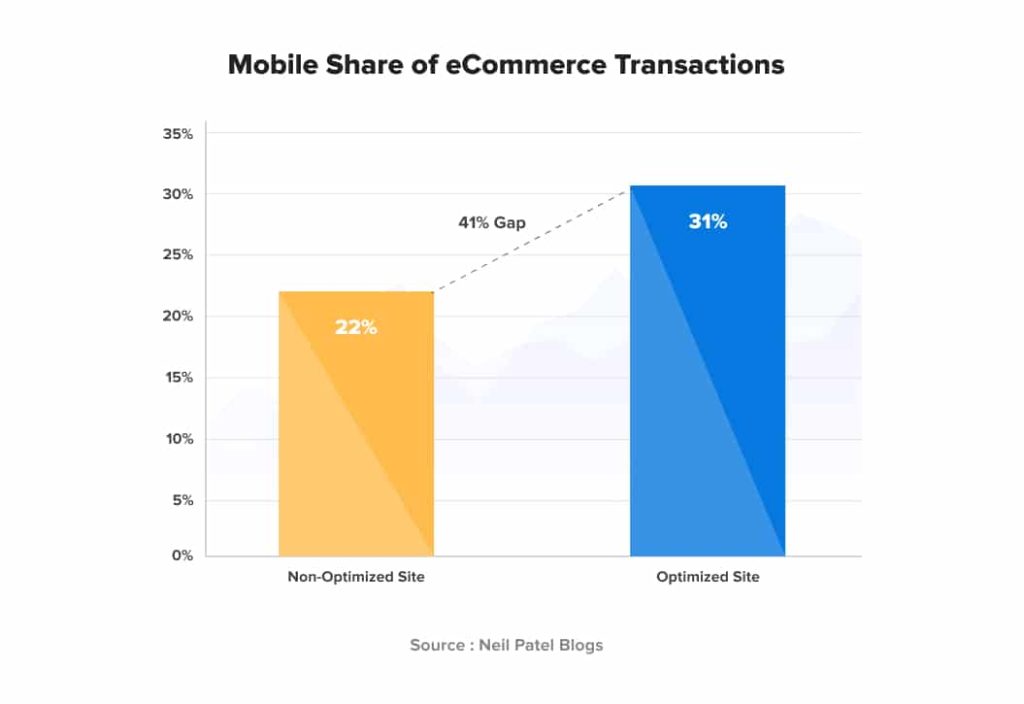
Therefore, to make for a stellar mobile-experience, developing native mobile apps (that prioritize app store optimization) and progressive web apps should be a part of the plan.
You can either hire an in-house team or partner with an experienced eCommerce development company and website builder to get started.
From making your mobile website fast, visually attractive, and responsive — to adding a minimal click navigation journey, everything should be covered to equate to a great customer shopping experience.
eCommerce Automotive Industry: The Takeaway
The gradual shift of the medium of sales for the automotive industry is changing how people buy and sell auto parts.
To tap into this lucrative market, look for an eCommerce solution that suits your business and functional requirements and strategize around how to go about offering a stellar customer experience.
eCommerce is all set to reshape and transform the automotive eCommerce industry, and it’s time for businesses to step in, learn, gather momentum, and conquer.

